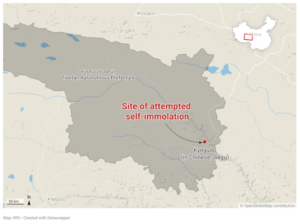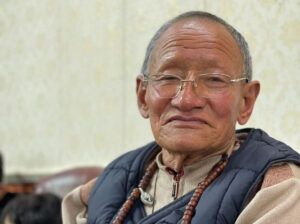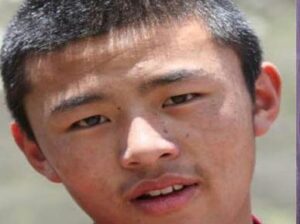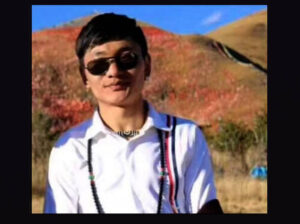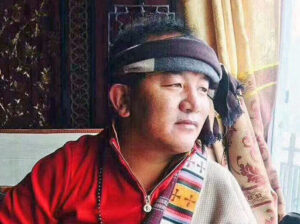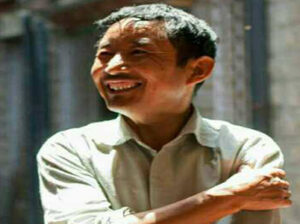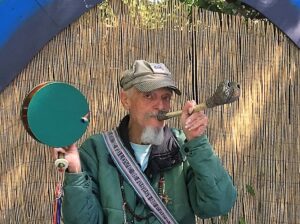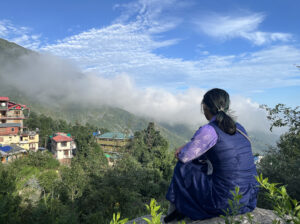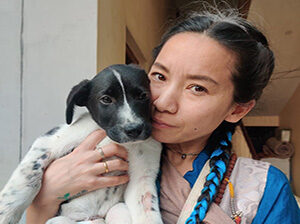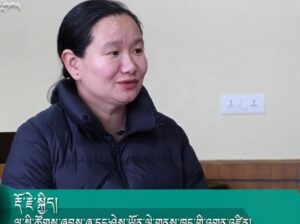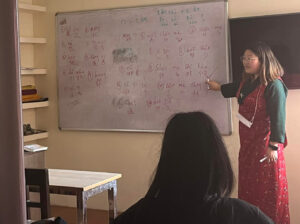Volunteer Job at Lha: Advanced English teacher, writer for Contact magazine
When my husband Arham and I first met, we discovered that we had both lived in the same part of China, and had both spent time in the Tibetan areas of what is now called Sichuan province.We’d been drawn therefrom the provincial capital of Chengdu, as they seemed to us pockets of warmth, compassion and cultural depth in a country that was suffering the effects of having had its own culture so brutally destroyed decades before. We also bore witness to the oppression and violence that hung over the Tibetan areas like the smog over the great grey cities of Western China. Arham, whose native Korean culture also bears the scars of colonisation, continues to identify with this deeply.
Chinese restrictions on foreign visitors to Tibet meant that it was August 2014 before I managed to get a permit to visit. I have still not fully processed what I saw and felt during my time there: it remains one of the most beautiful and painful experiences of my life, only articulable in images: the armed police on the roofs of the Barkhor; the long lenses in the faces of prostrating pilgrims; the troupe of performers in cheap reproductions of Khampa dress, brought out to dance for tourists. The tour groups giggled as they posed for photos with them, joining their hands in mock-prayer.
I’d been conflicted about the ethics of travelling to Tibet; unsure of lining the pockets of a regime that was systematically destroying the Tibetan land, culture and people. Eventually, I decided to make the trip but, through doing so, to raise as much awareness as I could about the Tibetan peoples’ struggle. After my trip, both Arham and I felt that we wanted to give what time and skills we had to the Tibetan people directly. For this reason, when my teaching contract was up we spent two months in Dharamshala teaching Lha’s Advanced English course, writing for Contact and attending protests and talks.
Singing “Happy Birthday” to His Holiness the Dalai Lama and being there to see him welcome newly arrived refugees are among our fondest memories, but when we think of our time in Dharamshala, it is of our Tibetan friends, students and colleagues, their warmth, strength and resilience that remain in our minds, and our thoughts turn to the next time we’ll see them – we plan to return as often as we can.




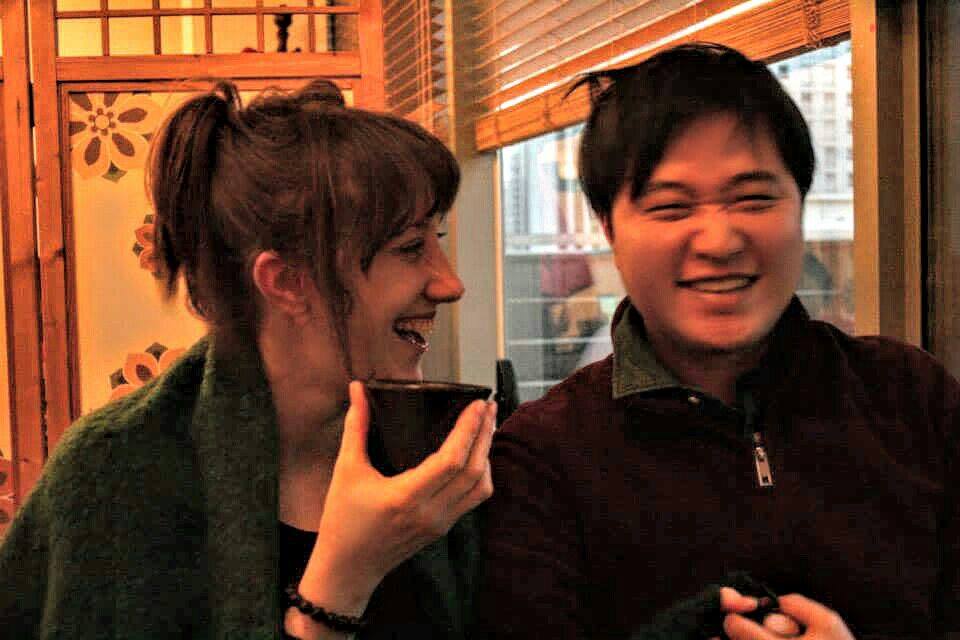
 Print
Print Email
Email